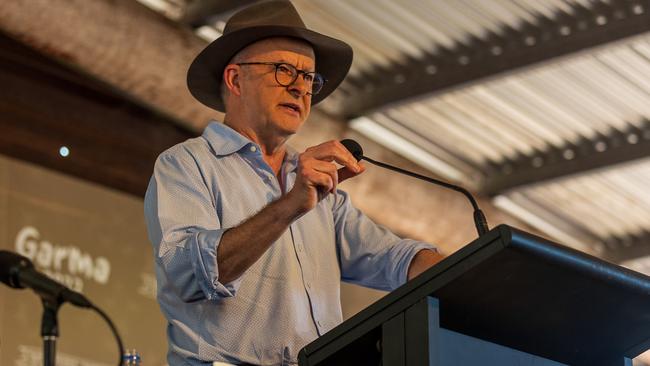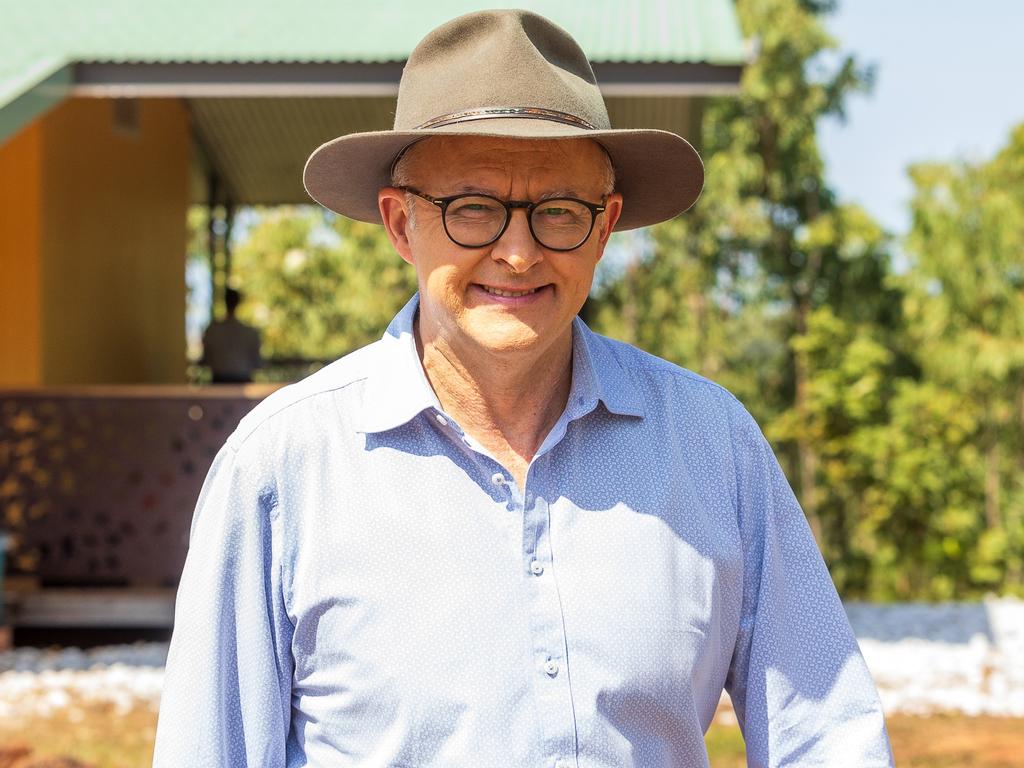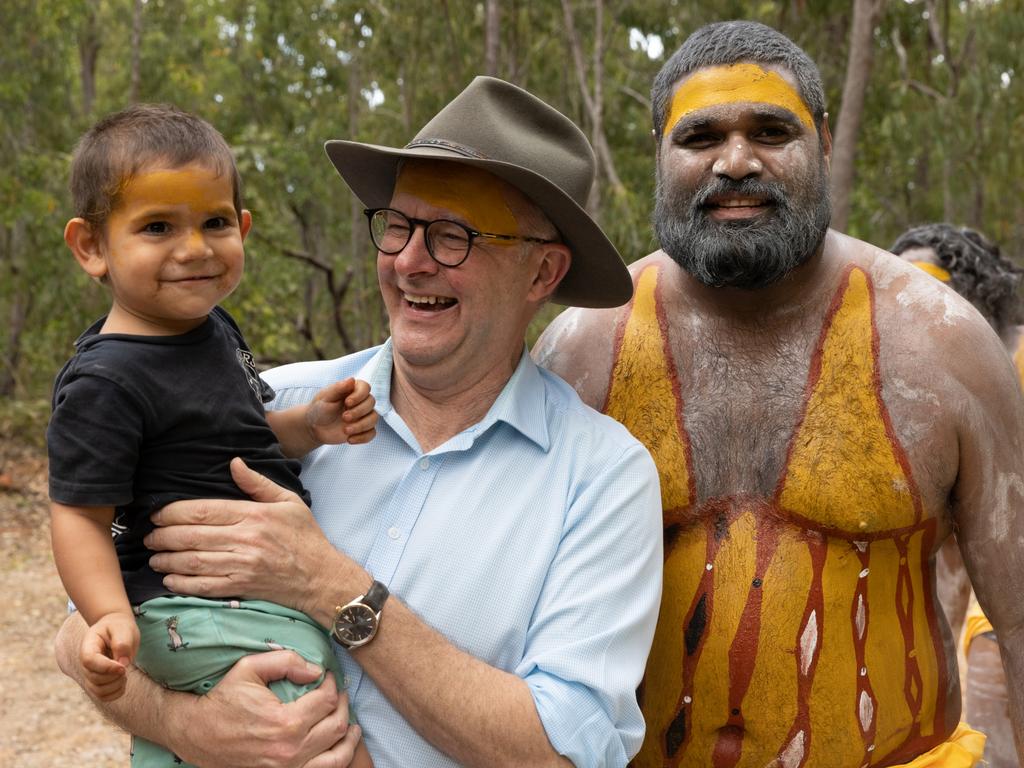
The new government is riding high with a 56-44 per cent two party lead over the Coalition.
Using the first sitting week to introduce emissions reduction legislation as well as bills to begin paid domestic violence leave are by and large welcomed initiatives. Throw in the move to scrap the cashless debit card and Labor has had a good start.
The PM is popular – a sharp contrast to Scott Morrison’s final months in the job. Anthony Albanese’s approach to a voice to parliament has highlighted his warmth and his social conscience.
It is too early for the economic headwinds – rising inflation and interest rates – to impact the new administration. Voters understand Labor has inherited the current circumstances. They also understand the global economy is weak.
It is equally unsurprising that Peter Dutton’s preferred PM rating is as low as it is. Newly minted opposition leaders invariably find the going hard, even in the best of times.
There is a reason no first term opposition leader has become PM in a century. No first term government has lost its re-election bid since 1931.
The question marks over Dutton’s capacity to build approval with the public will only grow because of his first Newspoll result: a better PM rating of just 25 per cent and job approval of just 37 per cent isn’t sustainable.
But there are some mildly positive signs for the embattled opposition leader. The 37 per cent job approval rating is marginally higher than the Coalition’s primary vote of 33 per cent, which suggests he isn’t a drag on the opposition’s vote …. yet. Also, those dissatisfied with Dutton’s performance – 41 per cent – is below the tipping point of 50 per cent.
When dissatisfaction rises beyond that marker, leaders come under siege. The reason Liberal MPs were like lemmings at the last election was because they meekly let Morrison have his way despite stubbornly high dissatisfaction ratings. Above the 50 per cent tipping point.
Dutton as leader doesn’t have the incumbency authority the prime ministership brings. Don’t forget the leadership rules that protect Labor leaders and Coalition prime ministers from being challenged do not apply to Liberal leaders in opposition.
In Dutton’s favour is that there are no obvious challengers, so time is on his side. Angus Taylor is a myth and Josh Frydenberg isn’t in parliament. The likes of Simon Birmingham and Jane Hume are in the wrong chamber. Karen Andrews could grow into an alternative leadership candidate, but women in the Liberal Party aren’t exactly favoured by the boys’ club that it is.
Besides, whatever anyone might think of Dutton’s chances of lifting his ratings, he deserves the chance to do so. There is no point burning through leadership candidates this early in the life cycle of a new government.
Albanese is a sharp contrast to the poor ratings for the opposition and its leader, riding high and likely to stay there for some time. A 61 per cent satisfaction rating is higher than any previous PM in their first post election Newspoll outing.
So far Australians like what they see.
The challenge for Labor and the new PM will be retaining that support as the bad economic news builds. As election promises fall by the wayside. Indeed, as the need for reforms grows: fail to reform and criticisms will rightly follow. Do so and the more painful adjustments necessary might not all be well received.
This is the challenge of governing in a post pandemic world. It won’t be easy under Albanese but that’s not his fault and the start has been ideal.
Long term critics of the new PM might be eating humble pie for a while.
Peter van Onselen is Political Editor at Network 10 and Winthrop Professor of Politics and Public Policy at The University of Western Australia.








There is nothing especially surprising in the first post-election Newspoll.